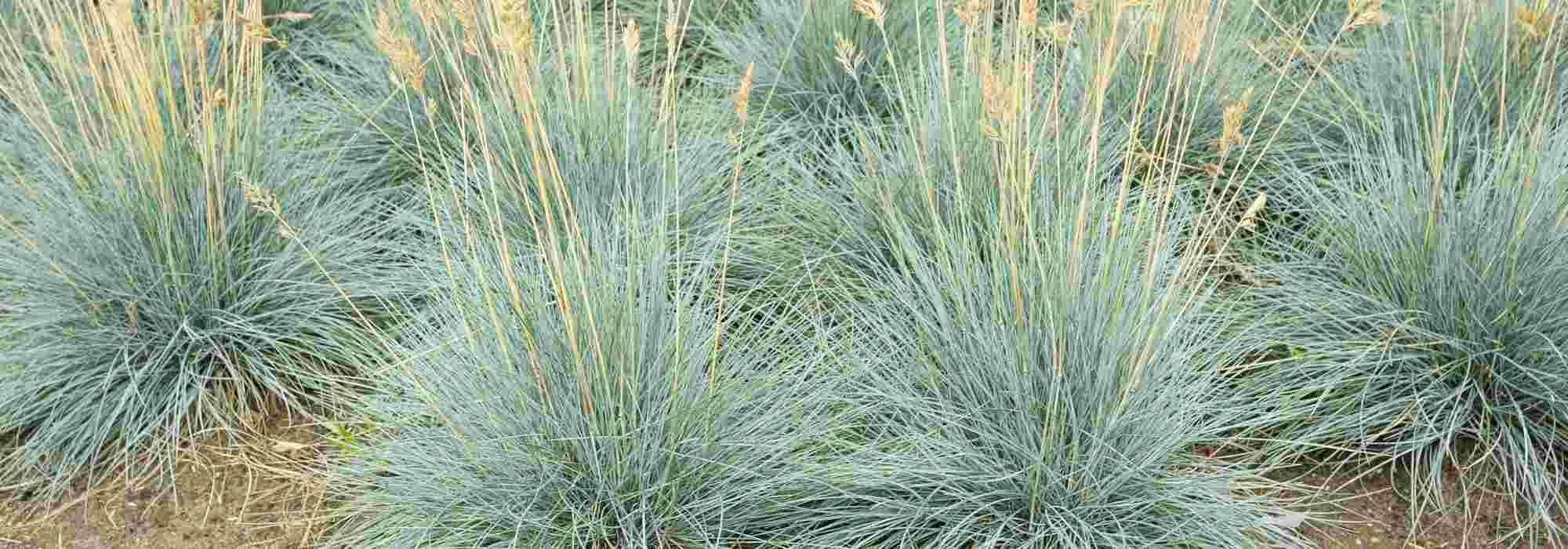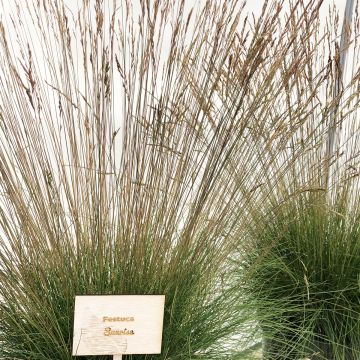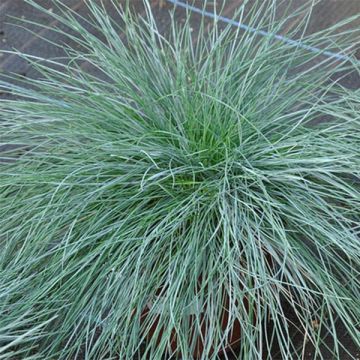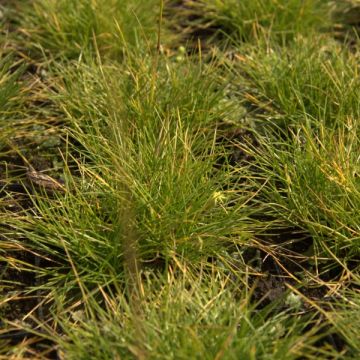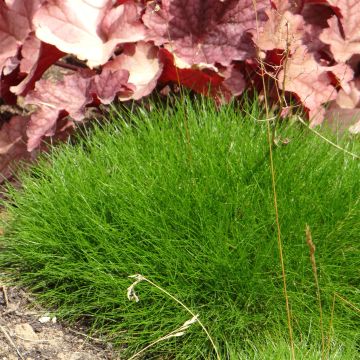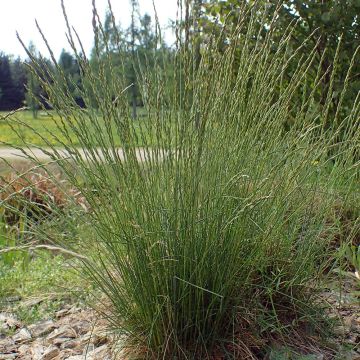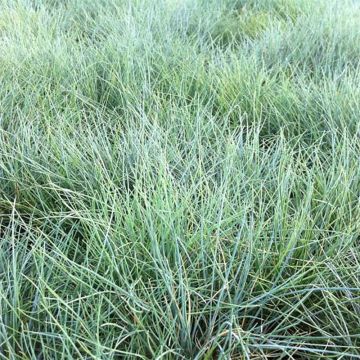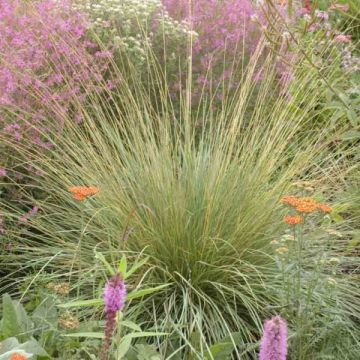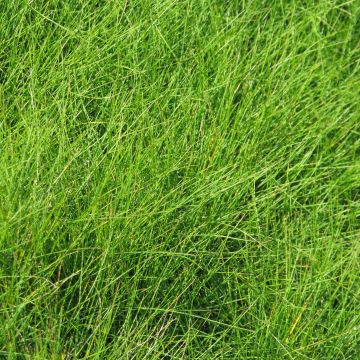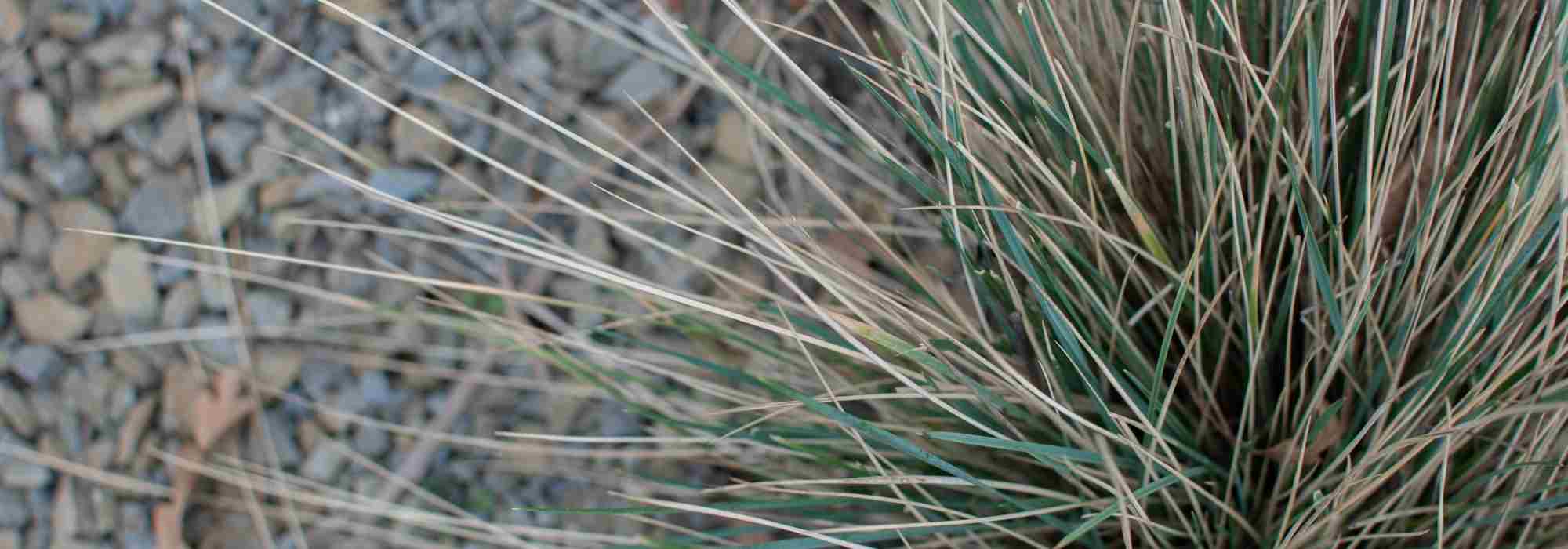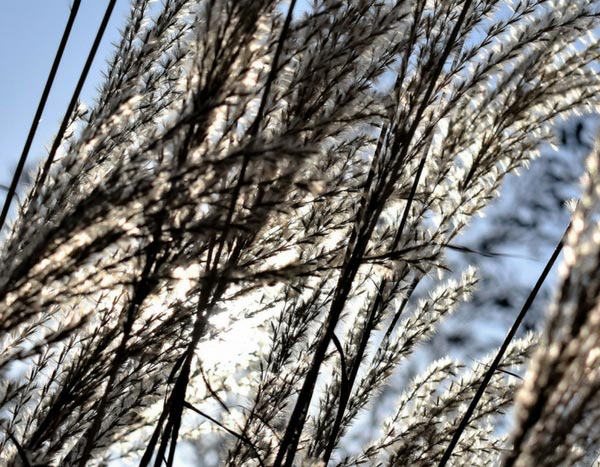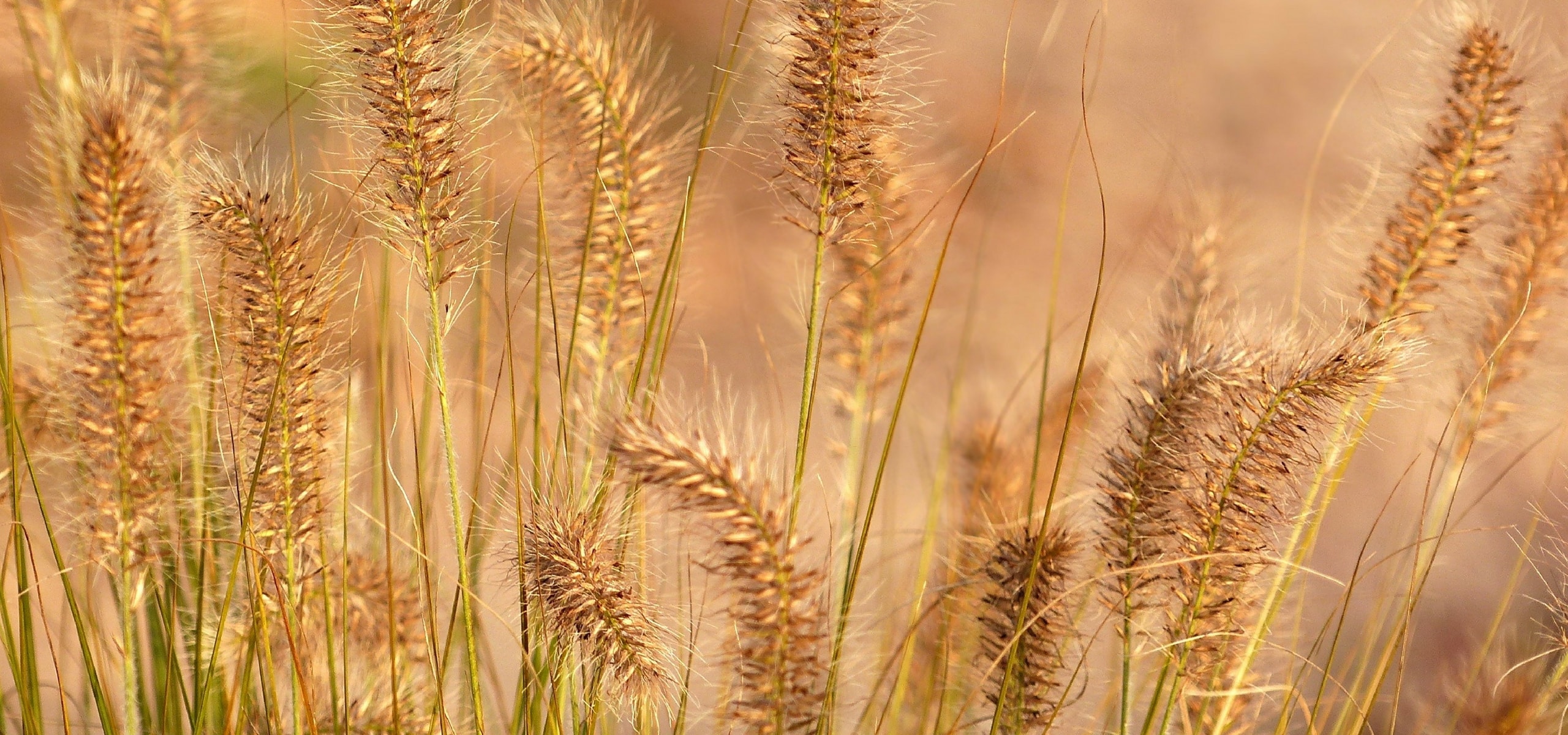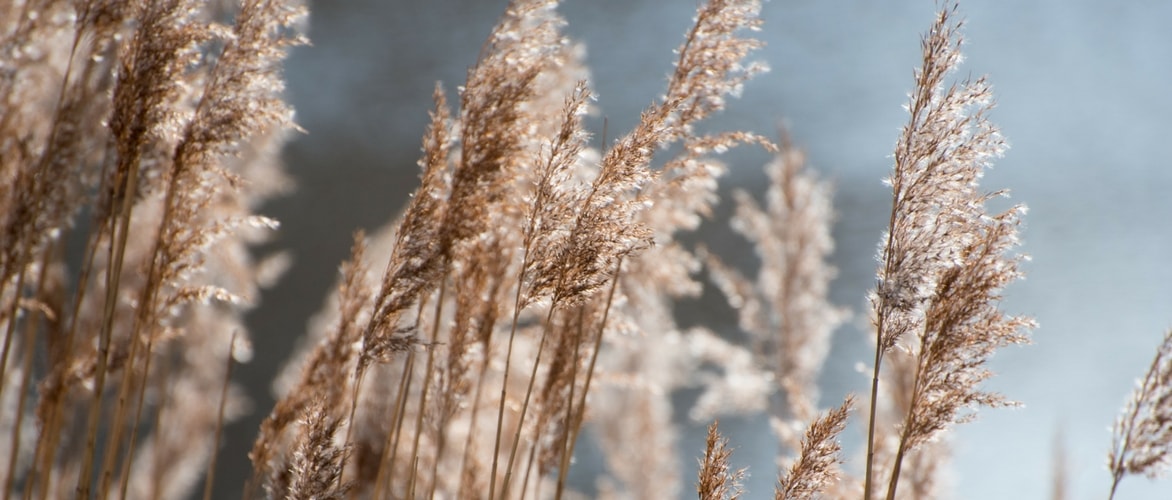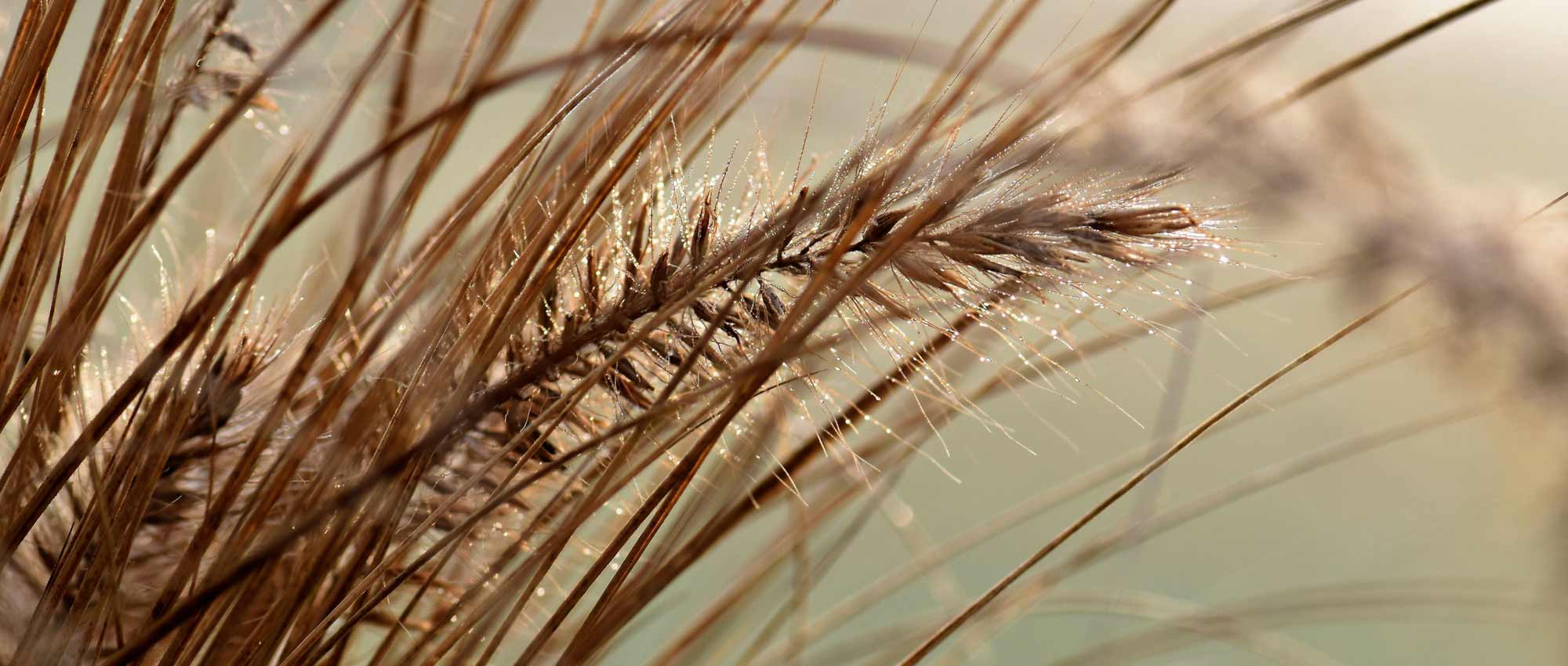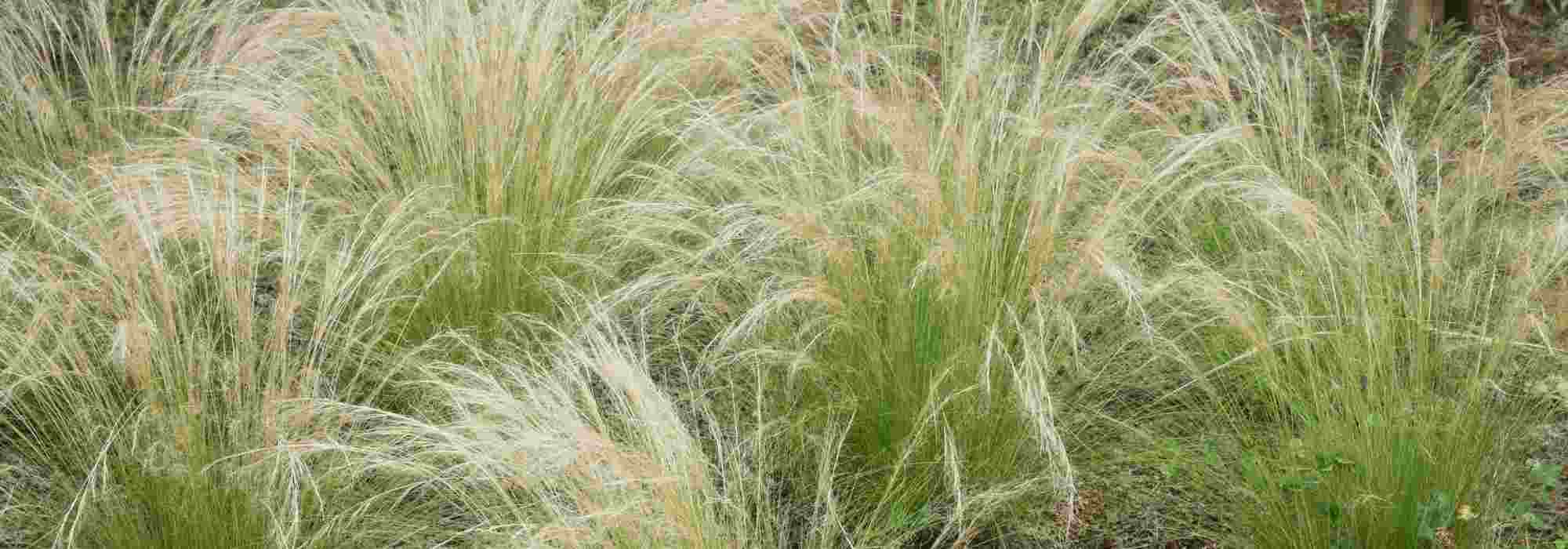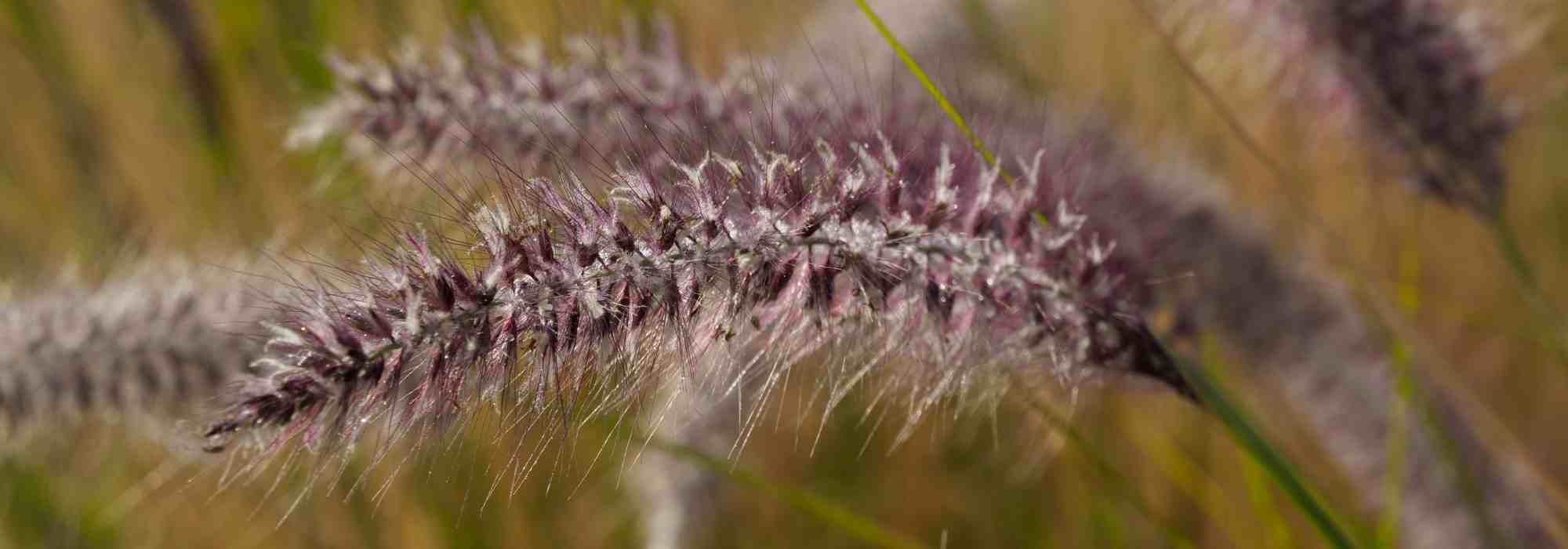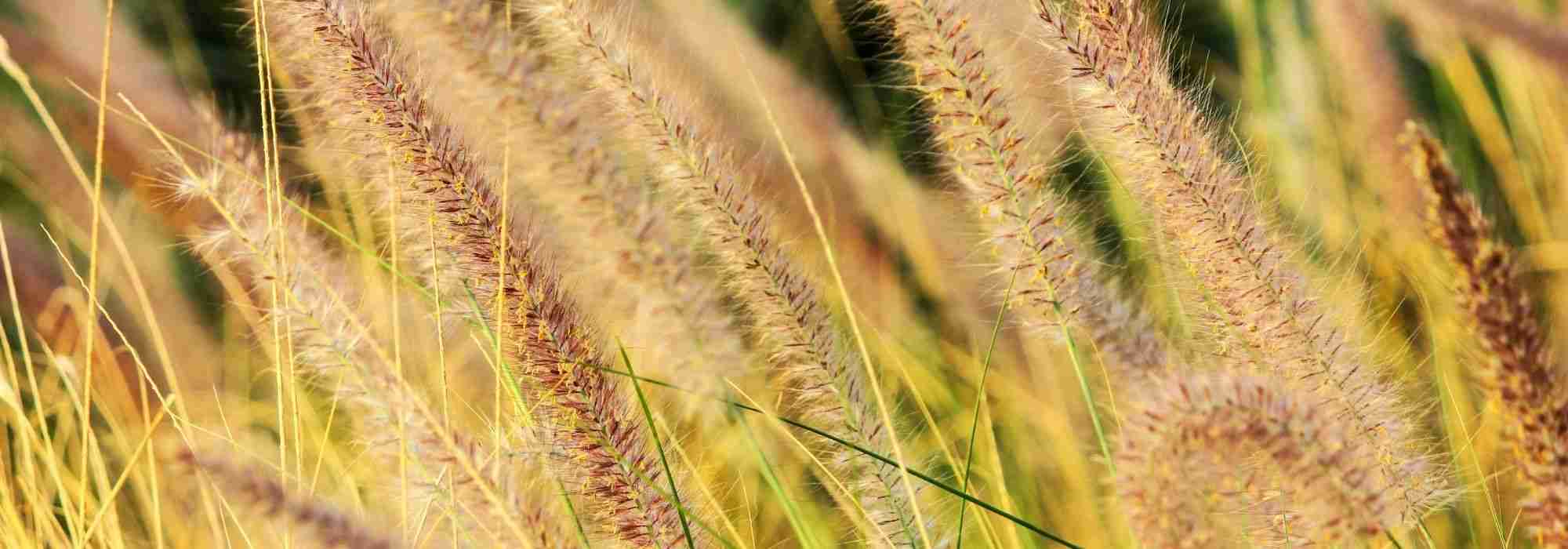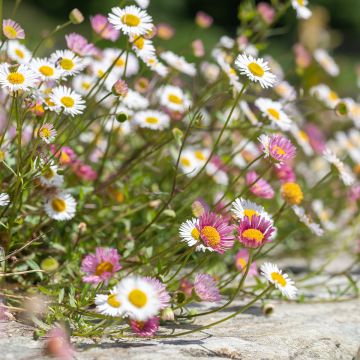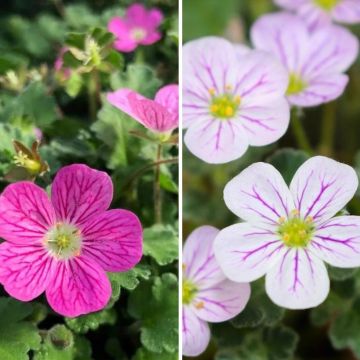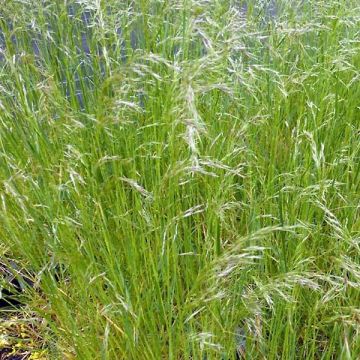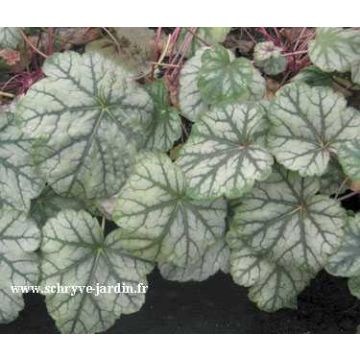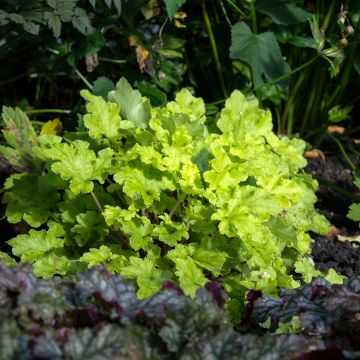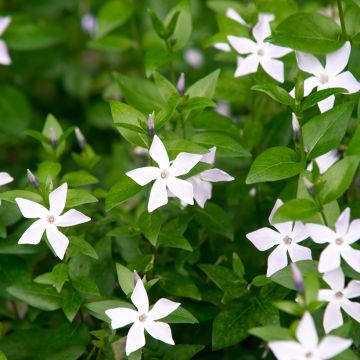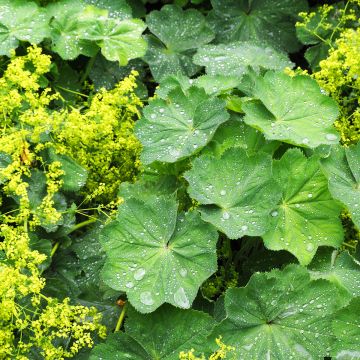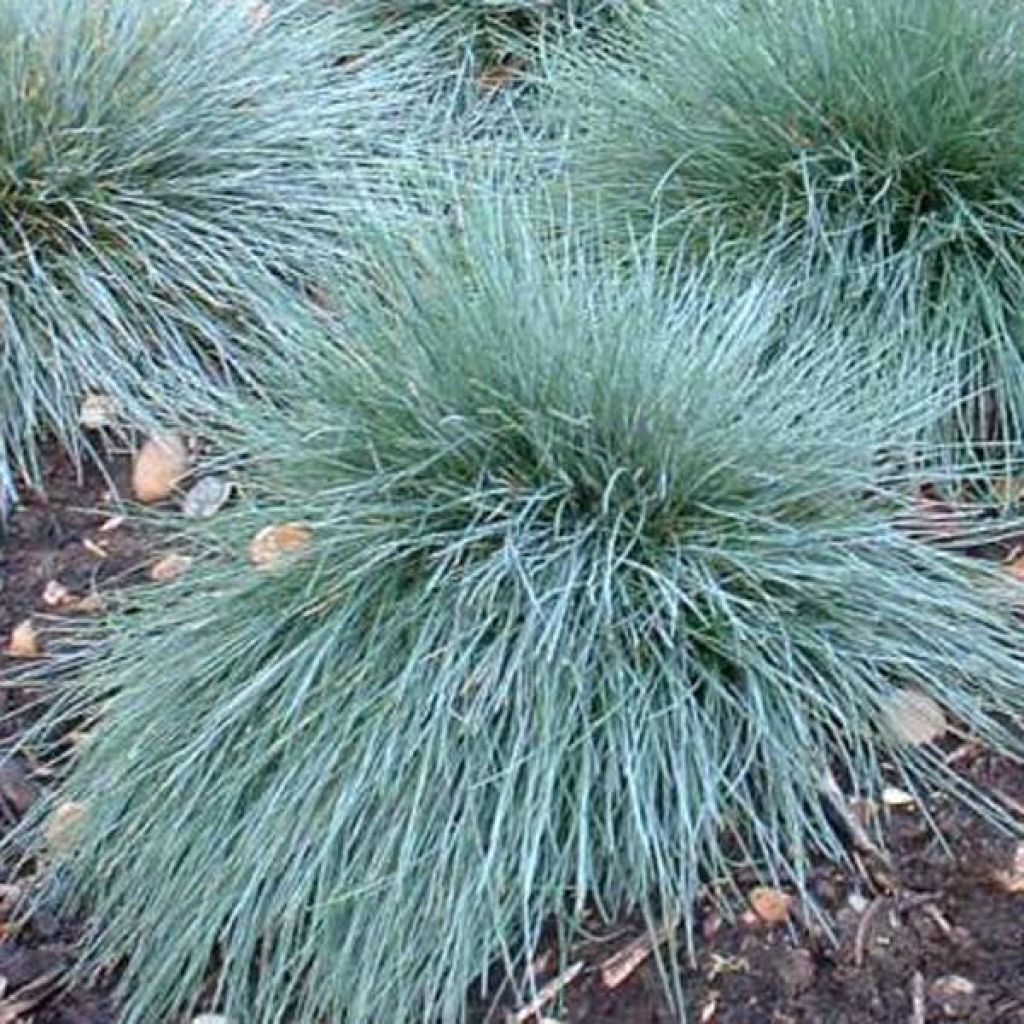

Festuca glauca Elijah Blue
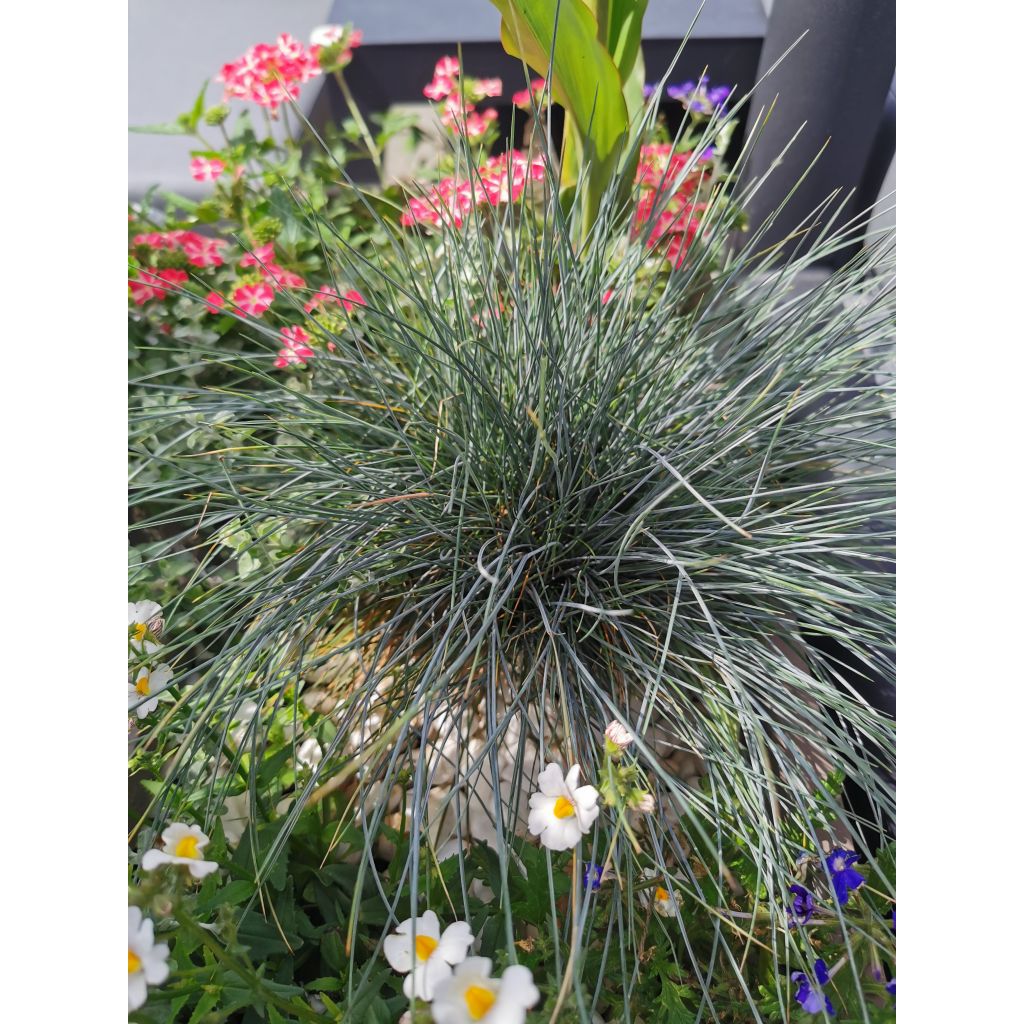

Festuca glauca Elijah Blue
Festuca glauca Elijah Blue
Festuca glauca Elijah Blue
Blue Fescue, Grey Fescue
Perfect; everything has taken root.
Claude, 10/10/2025
Special offer!
Receive a €20 voucher for any order over €90 (excluding delivery costs, credit notes, and plastic-free options)!
1- Add your favorite plants to your cart.
2- Once you have reached €90, confirm your order (you can even choose the delivery date!).
3- As soon as your order is shipped, you will receive an email containing your voucher code, valid for 3 months (90 days).
Your voucher is unique and can only be used once, for any order with a minimum value of €20, excluding delivery costs.
Can be combined with other current offers, non-divisible and non-refundable.
Home or relay delivery (depending on size and destination)
Schedule delivery date,
and select date in basket
This plant carries a 12 months recovery warranty
More information
We guarantee the quality of our plants for a full growing cycle, and will replace at our expense any plant that fails to recover under normal climatic and planting conditions.

Does this plant fit my garden?
Set up your Plantfit profile →
Description
The Festuca 'Elijah Blue' is a beautiful improvement of the Blue Fescue, whose fine foliage shows magnificent intense steel-blue reflections. This small perennial and evergreen grass forms beautiful cushions with a slightly bristly habit, from which gracefully trailing silver spikelets rise in the second half of spring, bringing a subtly luminous touch to the plant. Particularly resistant and very reliable, 'Elijah Blue' perfectly tolerates dry soils and is perfect for difficult areas, lovely as ground cover, border, scree garden, containers, or at the front of borders.
Originally from Central Europe and rocky areas of the western Mediterranean, the blue fescue has long been naturalized in various regions of the world because it is both undemanding in terms of soil, perfectly hardy, and very drought-resistant. Like many grasses, it belongs to the large family of poaceae. In nature, it grows in dry and poor terrain, sandy and stony soils, and in full sun. It is the origin of some beautiful cultivars selected for their increasingly astonishing blue color, including 'Elijah Blue', one of the most resistant and long-lived.
This non-trailing perennial forms small stiff hemispherical tufts, very dense and rounded, 25-30 cm (10-12in) in height and width. Its evergreen foliage consists of very fine, stiff leaves with a very bluish gray color, covered with a waxy film that gives it a metallic appearance and also reflects light as an excellent adaptation to dry environments. Flowering occurs from the end of June. Very thin blue-coloured flower stems emerge from the center of the tuft. They bear slightly loose silver spikelets at their tips. Over time, these inflorescences take on a more yellowish hue, indicating that their seeds are ripe. These seeds are dispersed by the wind, sowing here and there in light soils. The lifespan of the plant is around 5 to 6 years in poor and well-drained soil.
The 'Elijah Blue' fescue, comfortable everywhere, will easily find its place in a rock garden, a scree garden, a slope, along a pathway, and can even be an alternative to grass in dry areas, in lightly trafficked zones. Its light spikelet flowering gives this little vegetal hedgehog a pleasantly tousled appearance that softens its rigidity. It can be mixed, for example, with ground-covering plants like lamb's ears (Stachys lanata or cretica), Artemisia alba, soapwort, Erigeron karvinskianus, creeping baby's breath, and many others. Its very blue tufts are also very beautiful around Fargesia bamboo. It also adapts very well to container cultivation, allowing to lighten certain floral compositions or to fill the base of a small palm tree, a candle cactus, or an Adenium, for example.
Festuca glauca Elijah Blue in pictures
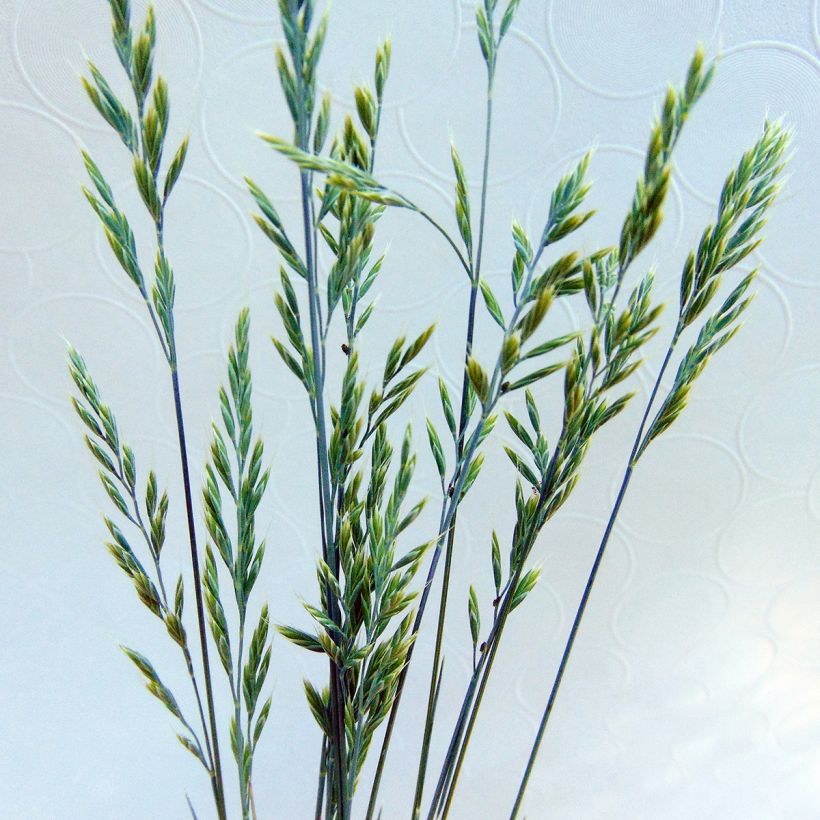

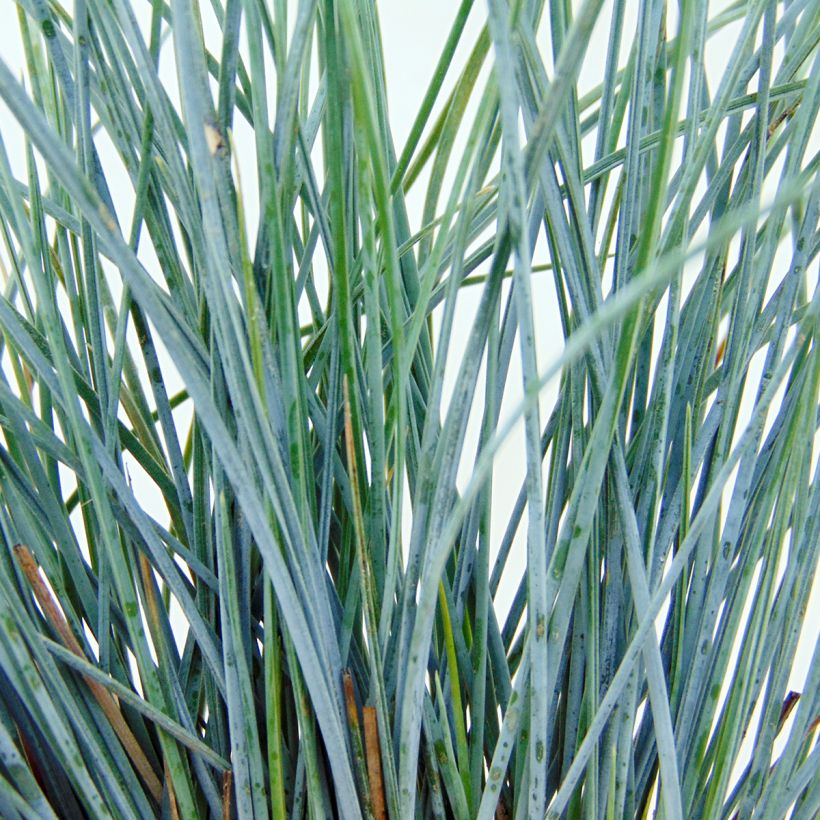

Flowering
Foliage
Plant habit
Safety measures
Botanical data
Festuca
glauca
Elijah Blue
Poaceae
Blue Fescue, Grey Fescue
Cultivar or hybrid
atteinterespiratoire
Cette plante peut entraîner des symptômes allergiques.
Evitez de la planter si vous ou vos proches souffrez de rhinite saisonnière ("rhume des foins").
Davantage d'informations sur https://plantes-risque.info
Other Fescue grass
View all →Planting and care
Plant the 'Elijah Blue' fescue in spring or autumn, in properly drained soil, preferably neutral to limestone, moist to dry in summer, even stony, sandy, and rocky, in full sun or partial shade. In case of intense drought and over time, the center of the clump sometimes becomes bare. It is then necessary to divide the plant to rejuvenate it. Shorten or mow the foliage in late February, before the new foliage emerges. This truly undemanding grass requires no other care.
Planting period
Intended location
Care
Planting & care advice
-
, onOrder confirmed
Reply from on Promesse de fleurs
Similar products
Haven't found what you were looking for?
Hardiness is the lowest winter temperature a plant can endure without suffering serious damage or even dying. However, hardiness is affected by location (a sheltered area, such as a patio), protection (winter cover) and soil type (hardiness is improved by well-drained soil).

Photo Sharing Terms & Conditions
In order to encourage gardeners to interact and share their experiences, Promesse de fleurs offers various media enabling content to be uploaded onto its Site - in particular via the ‘Photo sharing’ module.
The User agrees to refrain from:
- Posting any content that is illegal, prejudicial, insulting, racist, inciteful to hatred, revisionist, contrary to public decency, that infringes on privacy or on the privacy rights of third parties, in particular the publicity rights of persons and goods, intellectual property rights, or the right to privacy.
- Submitting content on behalf of a third party;
- Impersonate the identity of a third party and/or publish any personal information about a third party;
In general, the User undertakes to refrain from any unethical behaviour.
All Content (in particular text, comments, files, images, photos, videos, creative works, etc.), which may be subject to property or intellectual property rights, image or other private rights, shall remain the property of the User, subject to the limited rights granted by the terms of the licence granted by Promesse de fleurs as stated below. Users are at liberty to publish or not to publish such Content on the Site, notably via the ‘Photo Sharing’ facility, and accept that this Content shall be made public and freely accessible, notably on the Internet.
Users further acknowledge, undertake to have ,and guarantee that they hold all necessary rights and permissions to publish such material on the Site, in particular with regard to the legislation in force pertaining to any privacy, property, intellectual property, image, or contractual rights, or rights of any other nature. By publishing such Content on the Site, Users acknowledge accepting full liability as publishers of the Content within the meaning of the law, and grant Promesse de fleurs, free of charge, an inclusive, worldwide licence for the said Content for the entire duration of its publication, including all reproduction, representation, up/downloading, displaying, performing, transmission, and storage rights.
Users also grant permission for their name to be linked to the Content and accept that this link may not always be made available.
By engaging in posting material, Users consent to their Content becoming automatically accessible on the Internet, in particular on other sites and/or blogs and/or web pages of the Promesse de fleurs site, including in particular social pages and the Promesse de fleurs catalogue.
Users may secure the removal of entrusted content free of charge by issuing a simple request via our contact form.
The flowering period indicated on our website applies to countries and regions located in USDA zone 8 (France, the United Kingdom, Ireland, the Netherlands, etc.)
It will vary according to where you live:
- In zones 9 to 10 (Italy, Spain, Greece, etc.), flowering will occur about 2 to 4 weeks earlier.
- In zones 6 to 7 (Germany, Poland, Slovenia, and lower mountainous regions), flowering will be delayed by 2 to 3 weeks.
- In zone 5 (Central Europe, Scandinavia), blooming will be delayed by 3 to 5 weeks.
In temperate climates, pruning of spring-flowering shrubs (forsythia, spireas, etc.) should be done just after flowering.
Pruning of summer-flowering shrubs (Indian Lilac, Perovskia, etc.) can be done in winter or spring.
In cold regions as well as with frost-sensitive plants, avoid pruning too early when severe frosts may still occur.
The planting period indicated on our website applies to countries and regions located in USDA zone 8 (France, United Kingdom, Ireland, Netherlands).
It will vary according to where you live:
- In Mediterranean zones (Marseille, Madrid, Milan, etc.), autumn and winter are the best planting periods.
- In continental zones (Strasbourg, Munich, Vienna, etc.), delay planting by 2 to 3 weeks in spring and bring it forward by 2 to 4 weeks in autumn.
- In mountainous regions (the Alps, Pyrenees, Carpathians, etc.), it is best to plant in late spring (May-June) or late summer (August-September).
The harvesting period indicated on our website applies to countries and regions in USDA zone 8 (France, England, Ireland, the Netherlands).
In colder areas (Scandinavia, Poland, Austria...) fruit and vegetable harvests are likely to be delayed by 3-4 weeks.
In warmer areas (Italy, Spain, Greece, etc.), harvesting will probably take place earlier, depending on weather conditions.
The sowing periods indicated on our website apply to countries and regions within USDA Zone 8 (France, UK, Ireland, Netherlands).
In colder areas (Scandinavia, Poland, Austria...), delay any outdoor sowing by 3-4 weeks, or sow under glass.
In warmer climes (Italy, Spain, Greece, etc.), bring outdoor sowing forward by a few weeks.






























